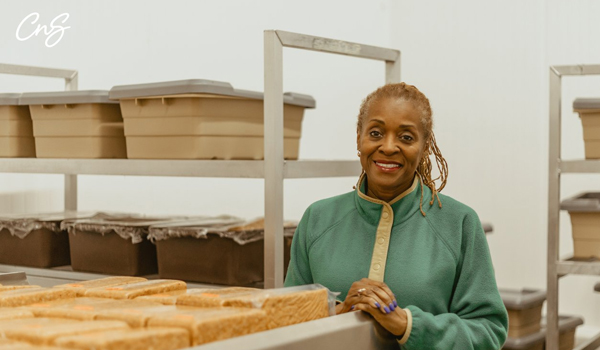What is Headcheese Made Of? 8 Common Ingredients

Glorious Malone’s award-winning headcheese showcases the finest regional ingredients and generations of family tradition. Known for its rich flavor and high protein content, headcheese offers a unique nutritional profile shaped by slow cooking and natural gelatin. While the name may sound mysterious, its roots lie in simple, wholesome ingredients prepared with care.
The 8 Basic Headcheese Ingredients
- Pig's Head: The foundation of most recipes includes the head of a pig, often featuring the cheeks, ears and tongue for tenderness and depth of flavor.
- Seasonings: Southern-style headcheese blends salt, black pepper, garlic and other savory spices to create its signature taste.
- Aromatic Herbs: Bay leaves, thyme and other herbs enhance flavor during the simmering process.
- Vinegar: White or apple cider vinegar adds a subtle tang to balance the richness of the meat.
- Onions: Chopped onions contribute mild sweetness and depth to the stock.
- Additional Spices: Regional variations may include red pepper flakes, allspice or juniper berries for extra warmth and character.
- Gelatin Formation: The natural gelatin produced while simmering binds the meat together, forming headcheese’s sliceable texture.
- Optional Ingredients: Depending on personal preferences and regional traditions, other optional ingredients may include mustard, hot sauce or even pickled red beet juice to impart sweetness.
Is Headcheese Made From Brains?
No. Modern headcheese does not contain brains. It’s made from slow-cooked select cuts of pork set in natural gelatin. The result is a flavorful, traditional deli meat with tender texture and deep seasoning.
Is Headcheese Good for You?
Headcheese is a source of protein, collagen and essential nutrients derived from its natural ingredients. Its high protein content supports a satisfying, filling meal and its gelatin contributes to texture while providing amino acids. Like most traditional cured meats, it contains some sodium and fat, so moderation helps keep it balanced within your diet.
Many people appreciate headcheese as part of low-carb or high-protein meal plans due to its simple ingredients and lack of additives. Glorious Malone’s varieties are crafted for authentic flavor using time-honored methods and premium cuts of pork, offering a unique combination of taste and nutrition.
A Journey Through Headcheese's Ingredient History
Traditional headcheese-making began as a resourceful way to use every part of the animal, particularly the head. The process involved slow simmering to extract gelatin and create a naturally cohesive loaf. Seasonings like salt, black pepper and garlic enhanced the flavor while preserving the meat. Once cooked, the tender cuts were carefully separated from bones and shaped into a mold for slicing.
Today’s production methods preserve the essence of the headcheese tradition while improving consistency and safety. Though modern recipes may include added seasonings or supplementary gelatin for stability, the flavor and texture remain unmistakably classic. Chefs continue to experiment with creative ingredients and serving styles, giving headcheese a place in comfort food and gourmet cuisine.
Headcheese in Other Cultures
Across the globe, headcheese takes many forms. European recipes use pork, veal or beef depending on regional preference. Asian variations often highlight poultry simmered in soy sauce, ginger and spices. In Mexico, cabeza de res features beef flavored with cilantro and chili, while Southern U.S. styles favor spicy pork stews. Each adaptation celebrates local ingredients and culinary tradition, creating a worldwide appreciation for this time-honored dish.
